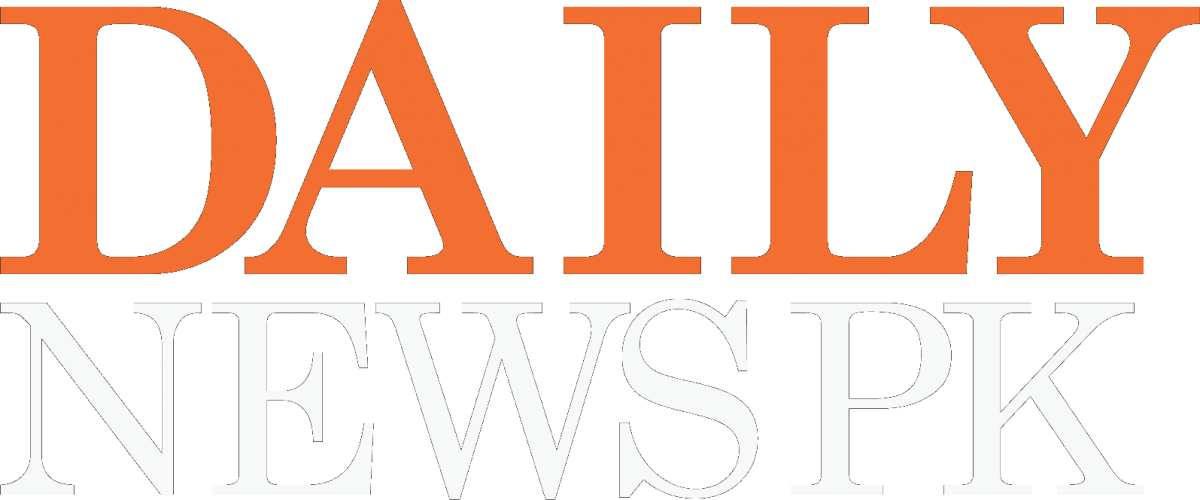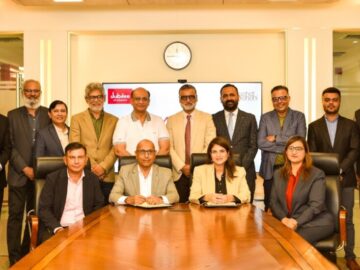Ten Spanish companies have joined hands to develop a self-managed digital identity model with blockchain technology.
The project, including Banco Santander, Bankia, BME, CaixaBank, Inetum, Liberbank, Línea Directa Aseguradora, Mapfre, Naturgy and Repsol, and also the Alastria consortium, will give users control over their personal data, making digital identity self-managed by each person.
Self-managed identity enables people to have their personal data in a single digital identity, backed by the companies involved and stored on their own mobile device. Users may decide whom to share the data with, to take up any service with no need to fill in forms.
For example, they may use their data validated by other organisations to hire a car, take out insurance, arrange a loan, take up an electricity service, or any service they wish, in just a few clicks. The project will enable participating companies to design new business models (individual and/or collective) to boost the user experience based on the potential of self-managed digital identity.
During the concept test, now complete, the organisations found that the solution works satisfactorily. The second phase of the project will kick off in November 2020. This aims to complete development within the next six months, to roll out this solution in a real production environment in May 2021.
At the present time, the demos function on one of the Alastria consortium’s blockchain infrastructures (Ethereum-Quorum). The company is the first multisector consortium, composed of 600 partners including large companies, SMEs, public authorities, and academic institutions, which aims to establish a public permission-based blockchain infrastructure, designed pursuant to Spanish and EU regulations.
The Alastria ID identity model has been presented to the Spanish Standardisation Association (UNE), and is moving forward from a ‘de facto’ standard to a formal standard. It has also been submitted to other international standardisation bodies such as CEN/CENELEC, UNE’s European counterpart, and has also served as inspiration for the European Commission’s self-sovereign identity initiative, ESSIF.











